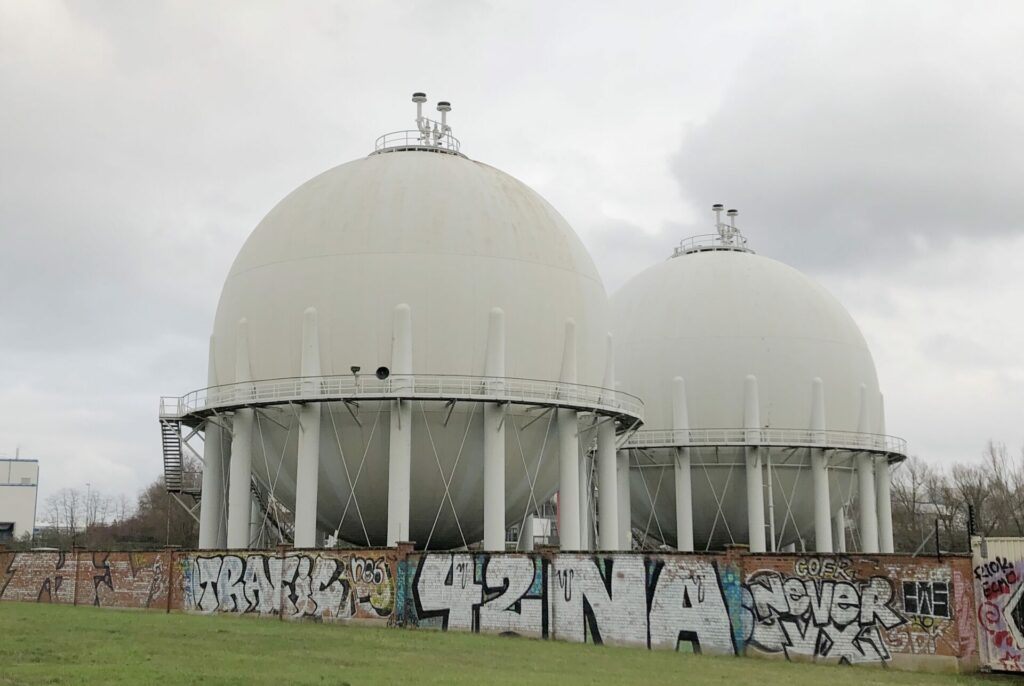Having surpassed around 85% of gas storage capacity at the end of August, Belgium is once again heading away from its storage targets, not towards them. Over the last few days, around 500-gigawatt hours of gas were removed from storage in Leonhout, Flanders, or roughly 5% of total capacity.
According to Belgian newspaper De Tijd, the massive withdrawal of gas from storage is due to maintenance works being conducted at Belgium’s LNG terminal in Zeebrugge, which forced individual energy suppliers and other companies to draw from their reserves.
On 9 September, it is estimated that Belgium’s gas storage capacity reached 91%.
After the unprecedented withdrawal of gas, this has slumped back down to the levels seen at the end of August. On 14 September, more gas was withdrawn from Belgium’s gas reserves than during the whole winter last year.
Related News
- EU announces five 'immediate moves' to lower energy prices
- European Union surpasses its 80% gas storage target
136-gigawatt hours of energy were removed one day, almost the maximum which could be physically withdrawn.
Fluxys, Belgium’s natural gas transmission system operator, says that the withdrawals at Loenhout were “perfectly normal.”
The maintenance of the LNG terminal at Zeebrugge is set to continue until the end of the week, at which time further withdrawals should end.

